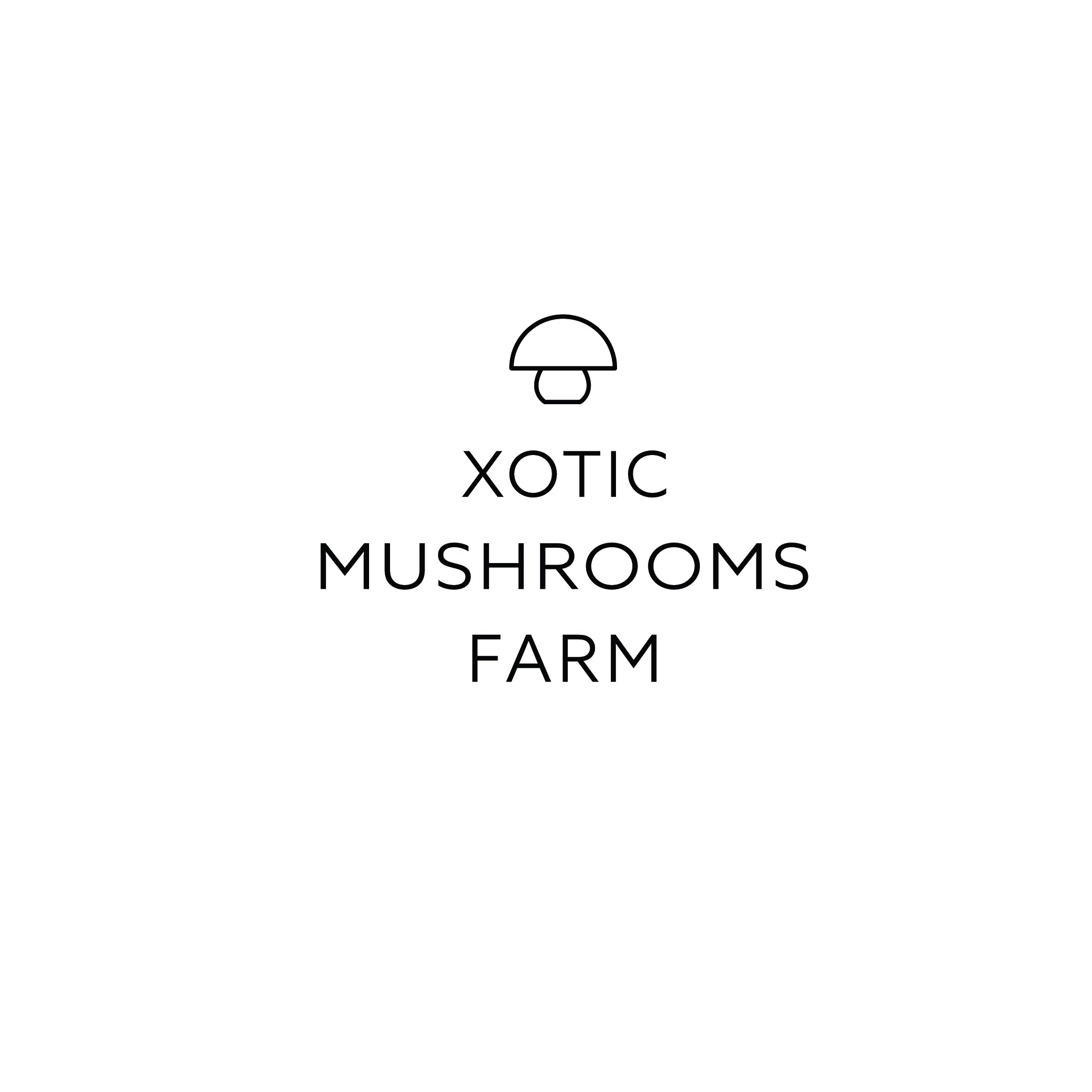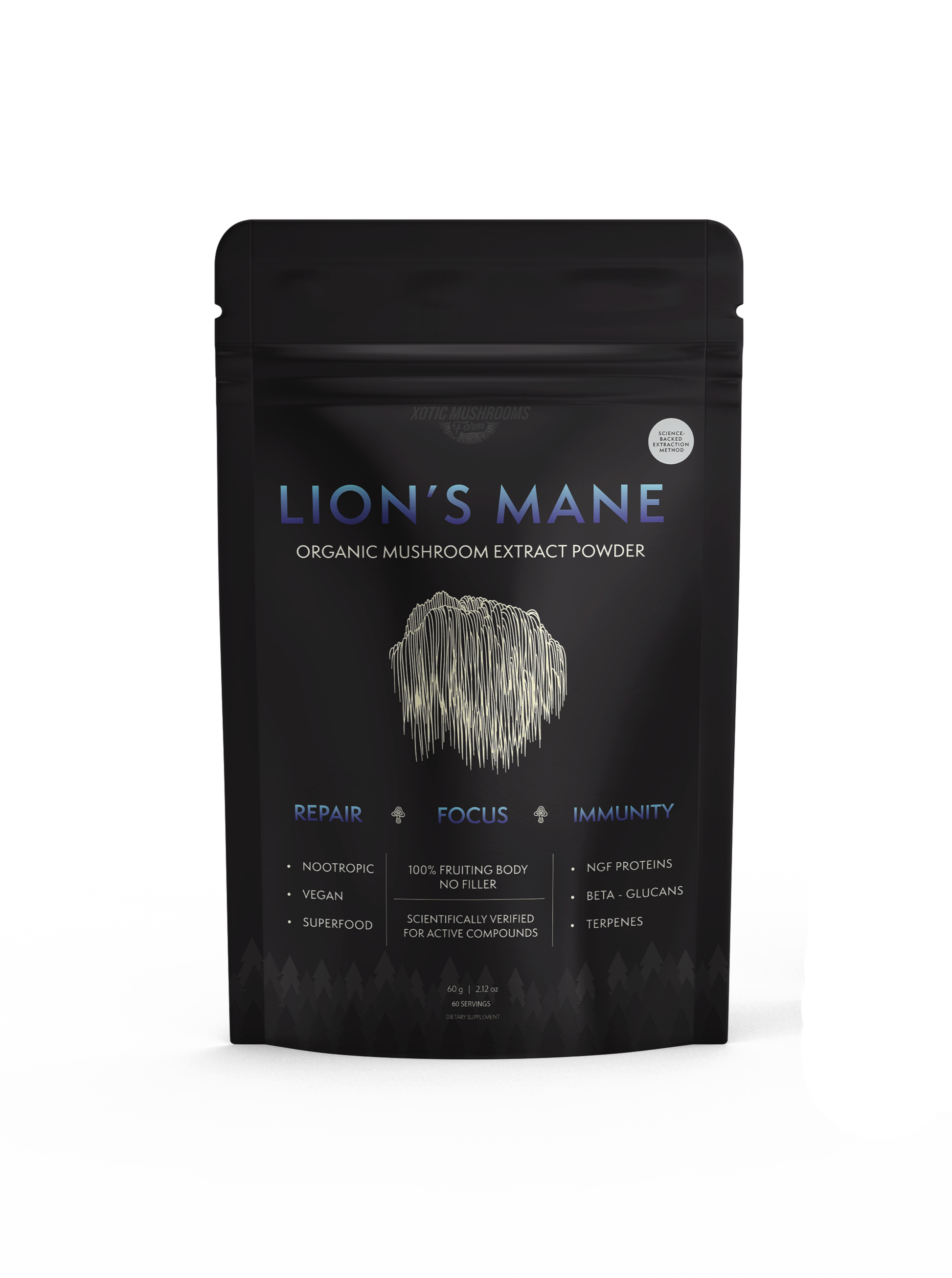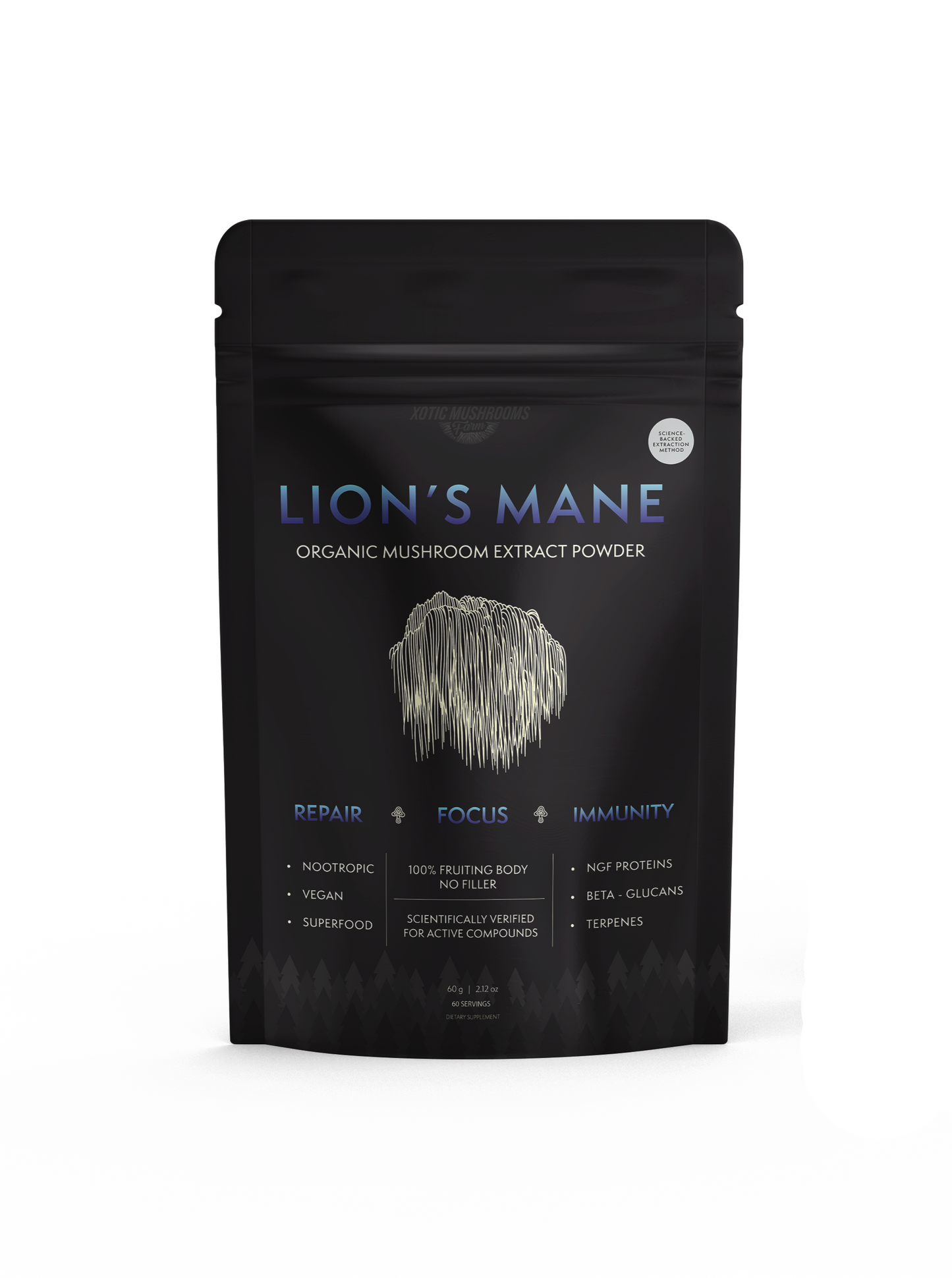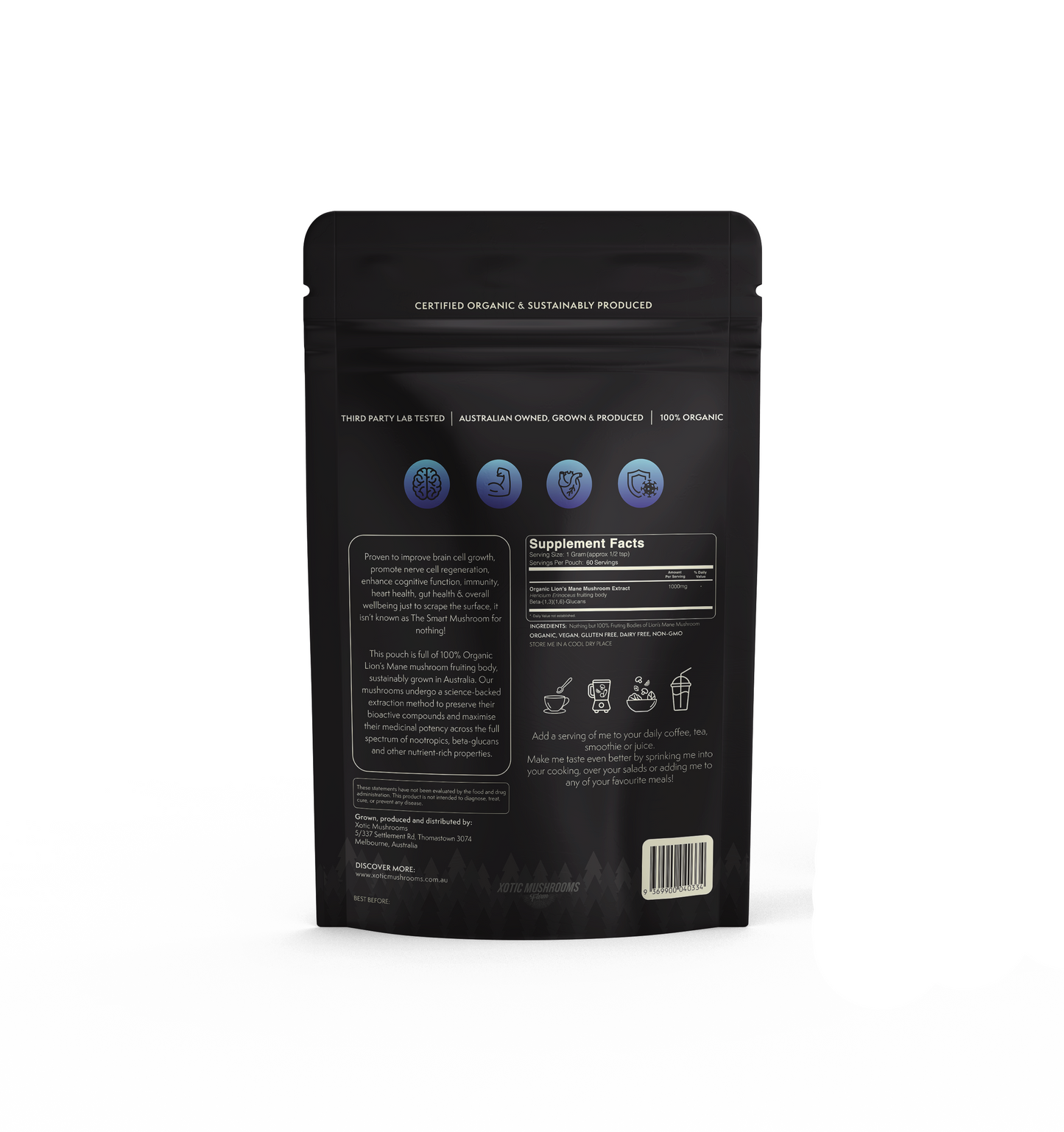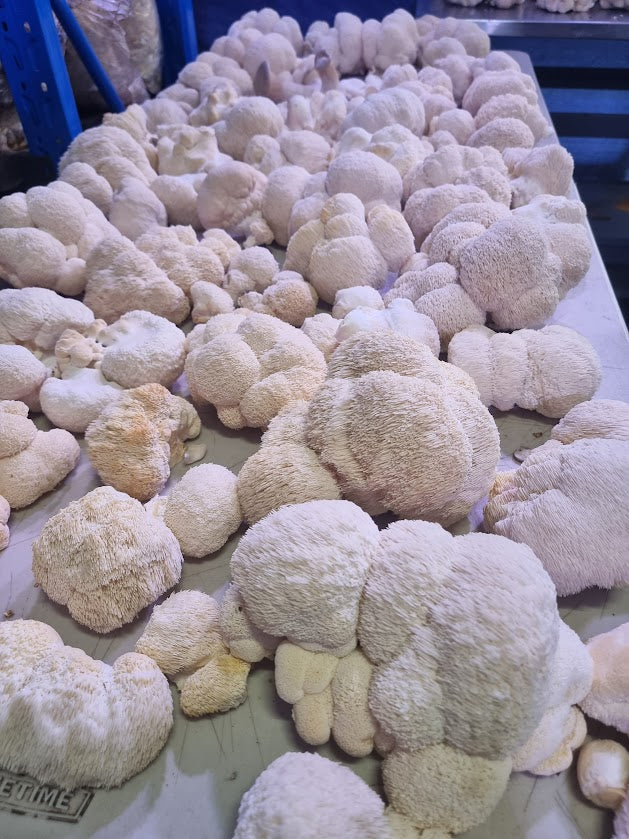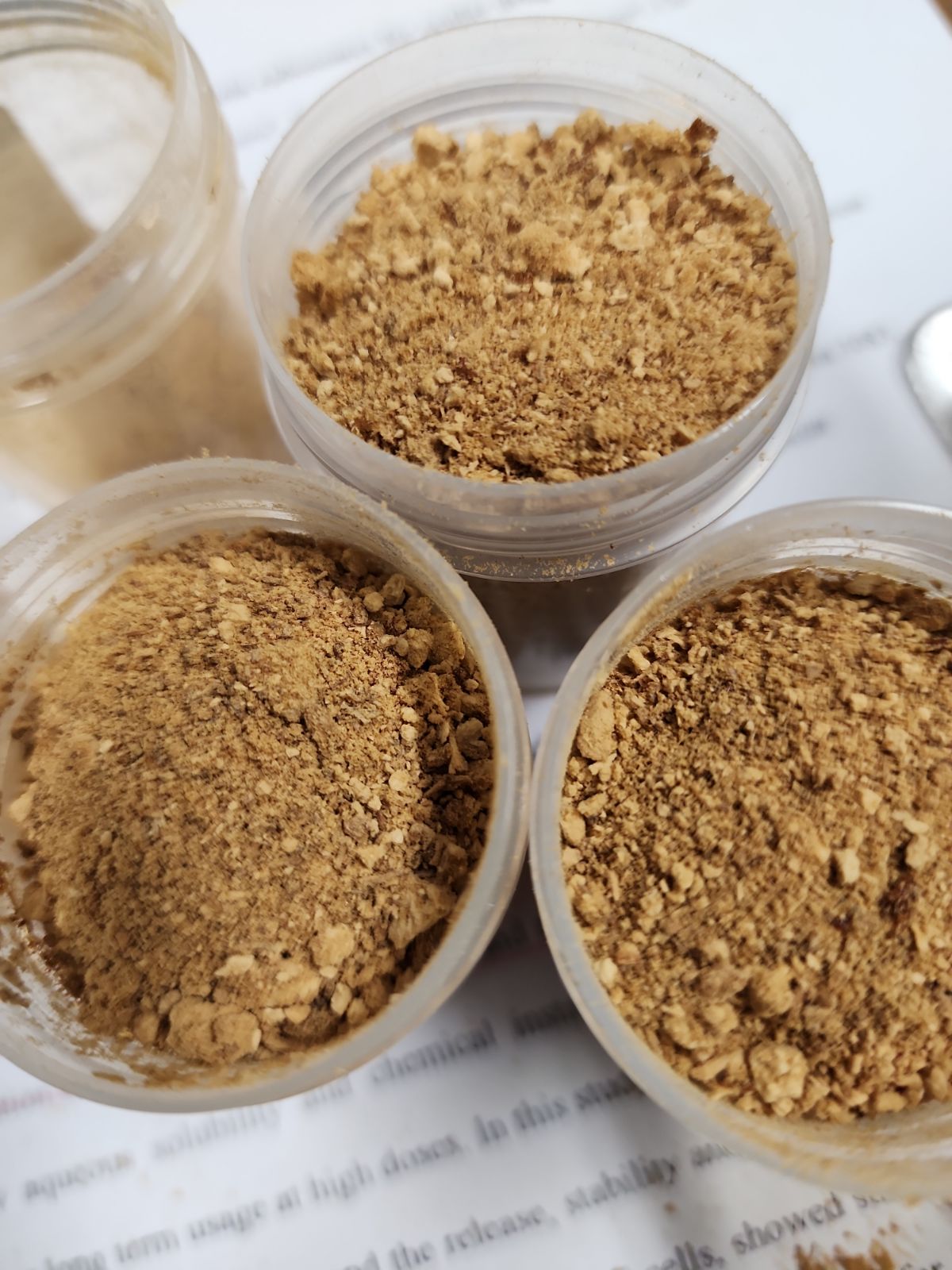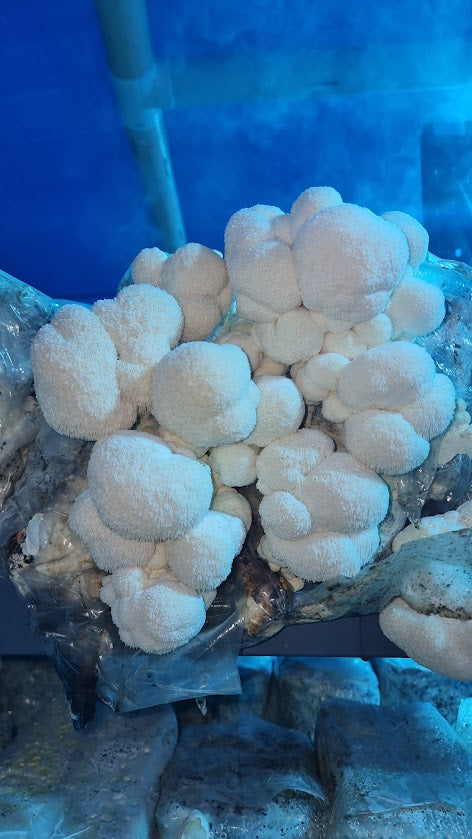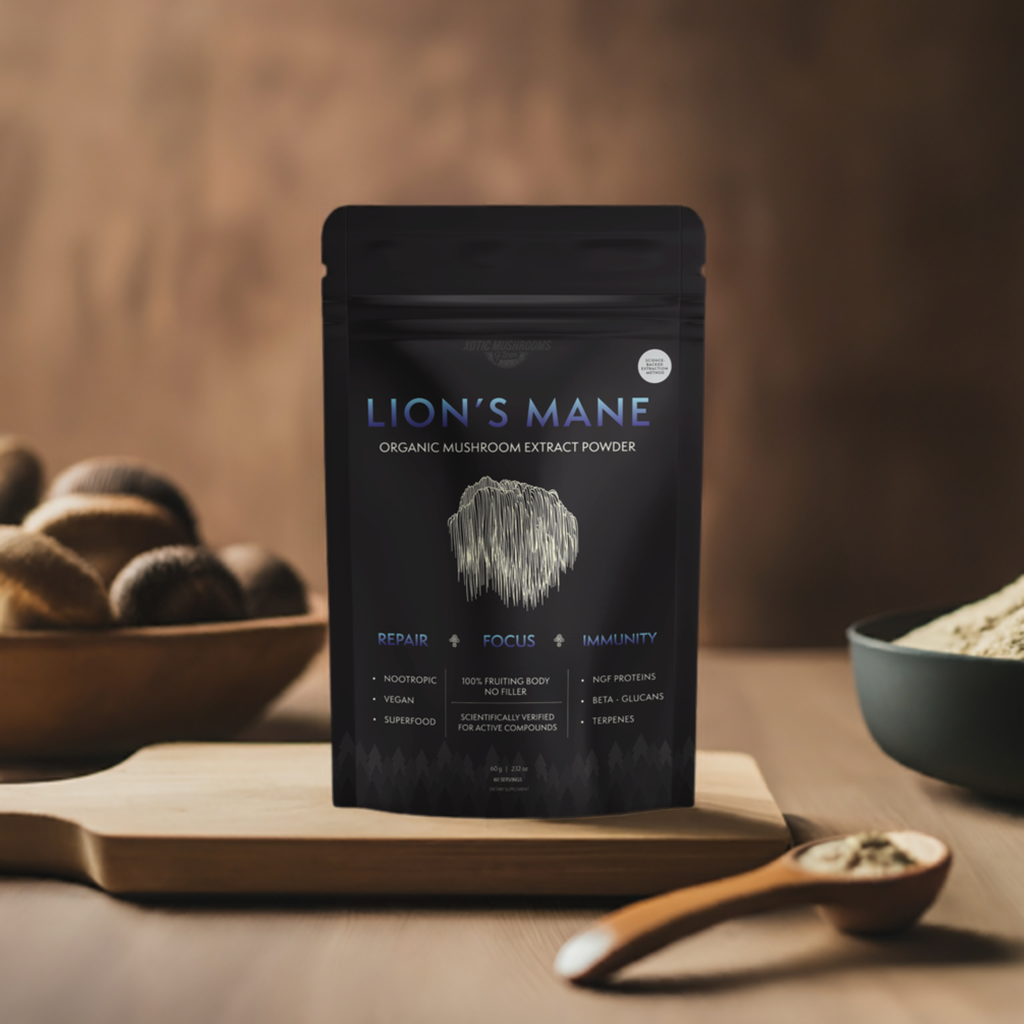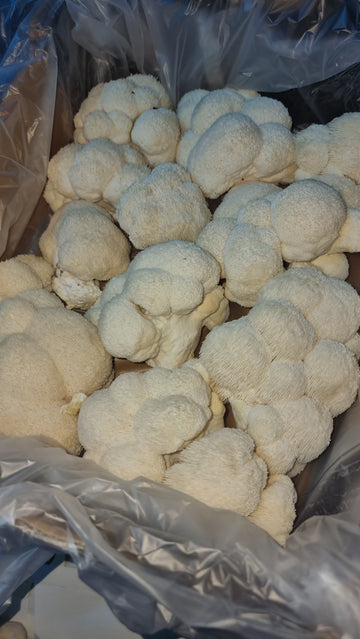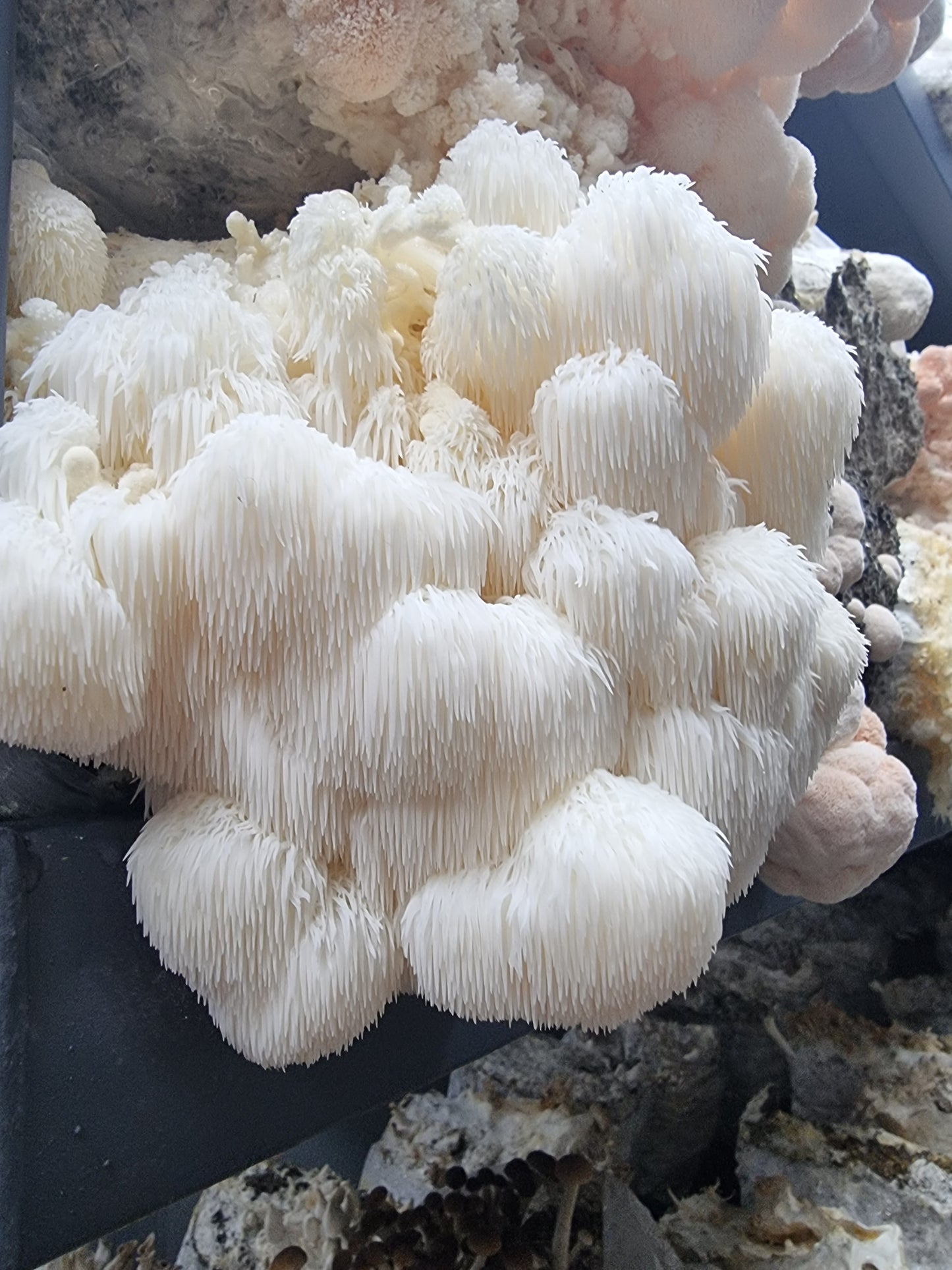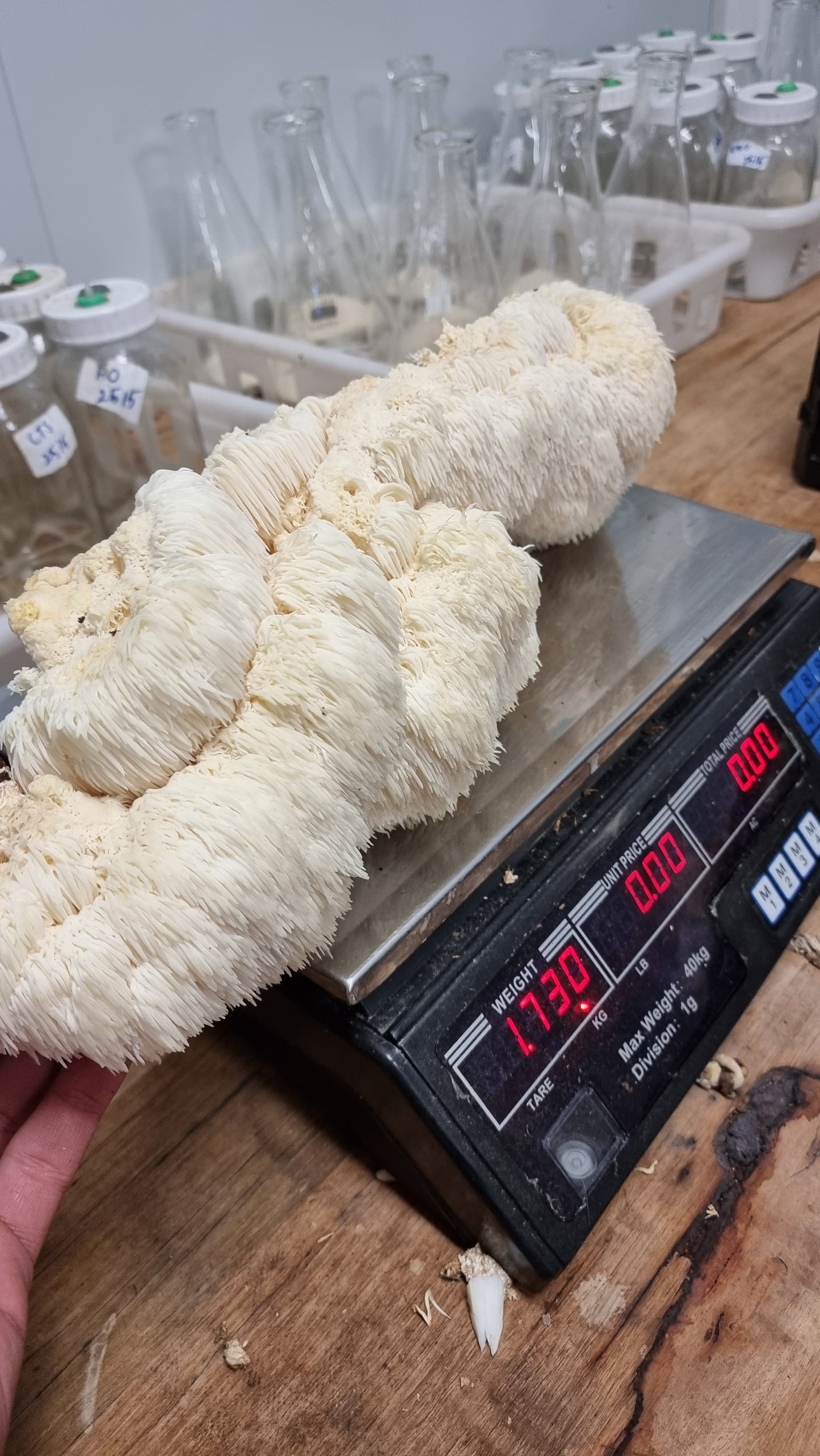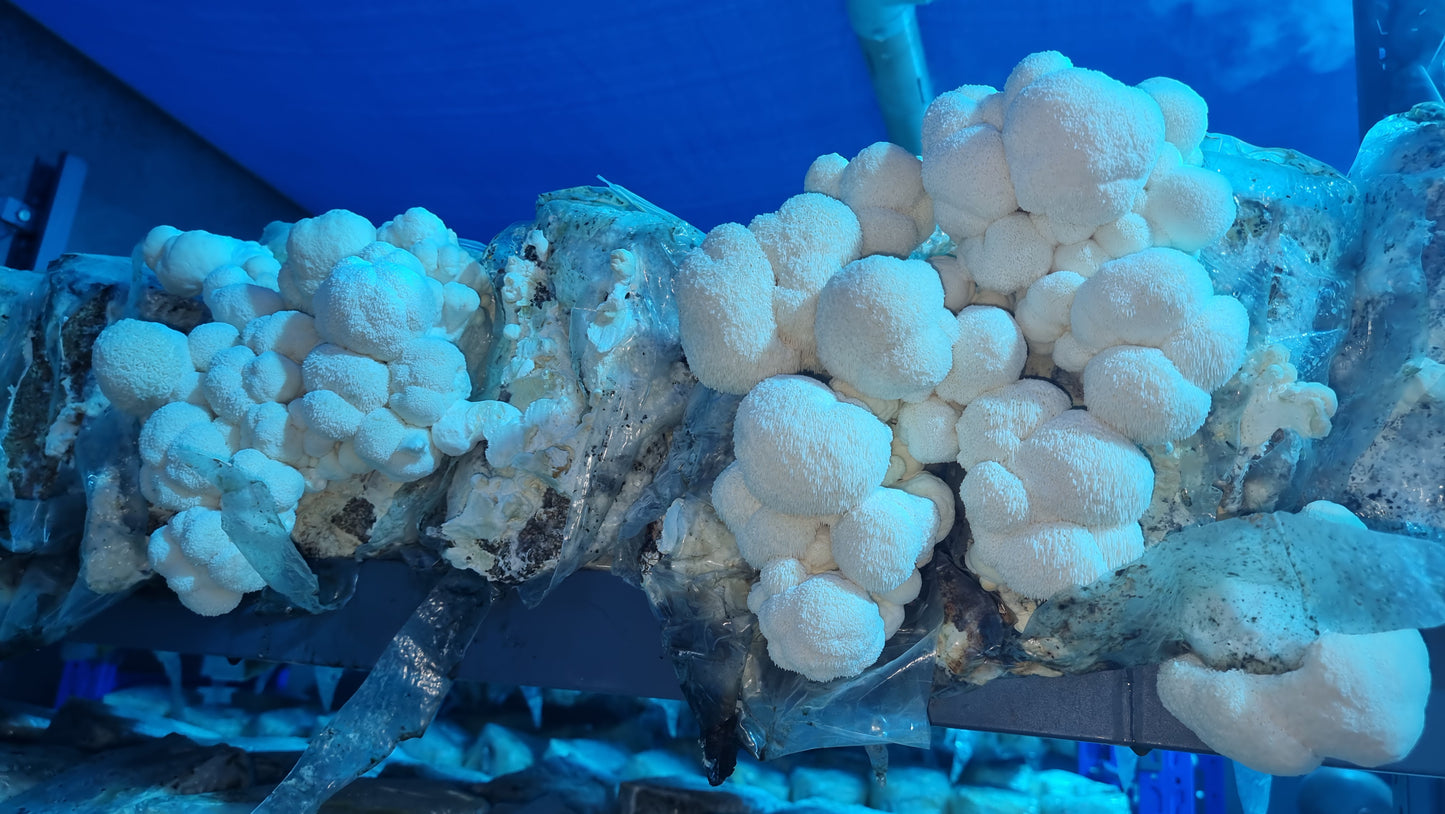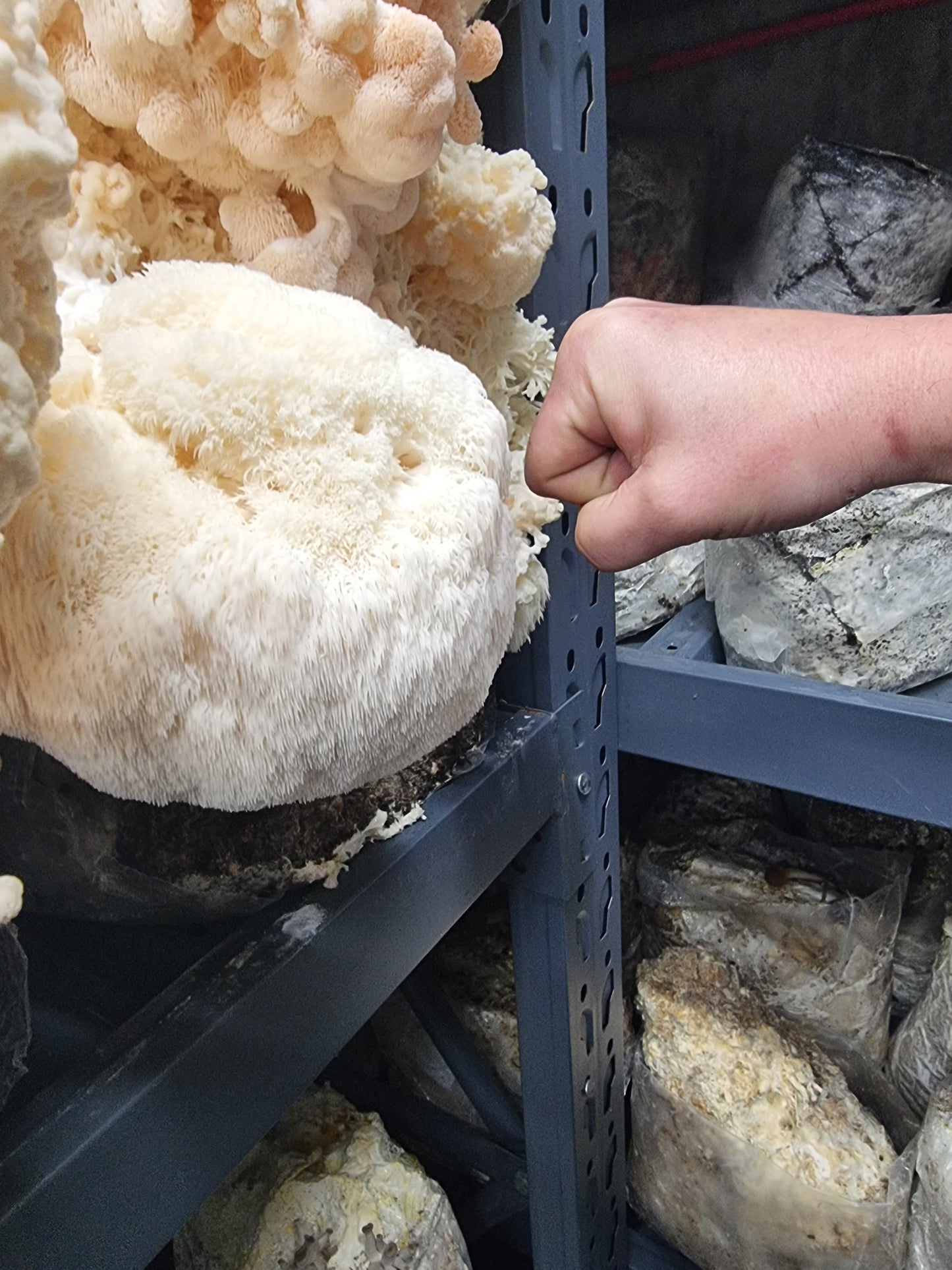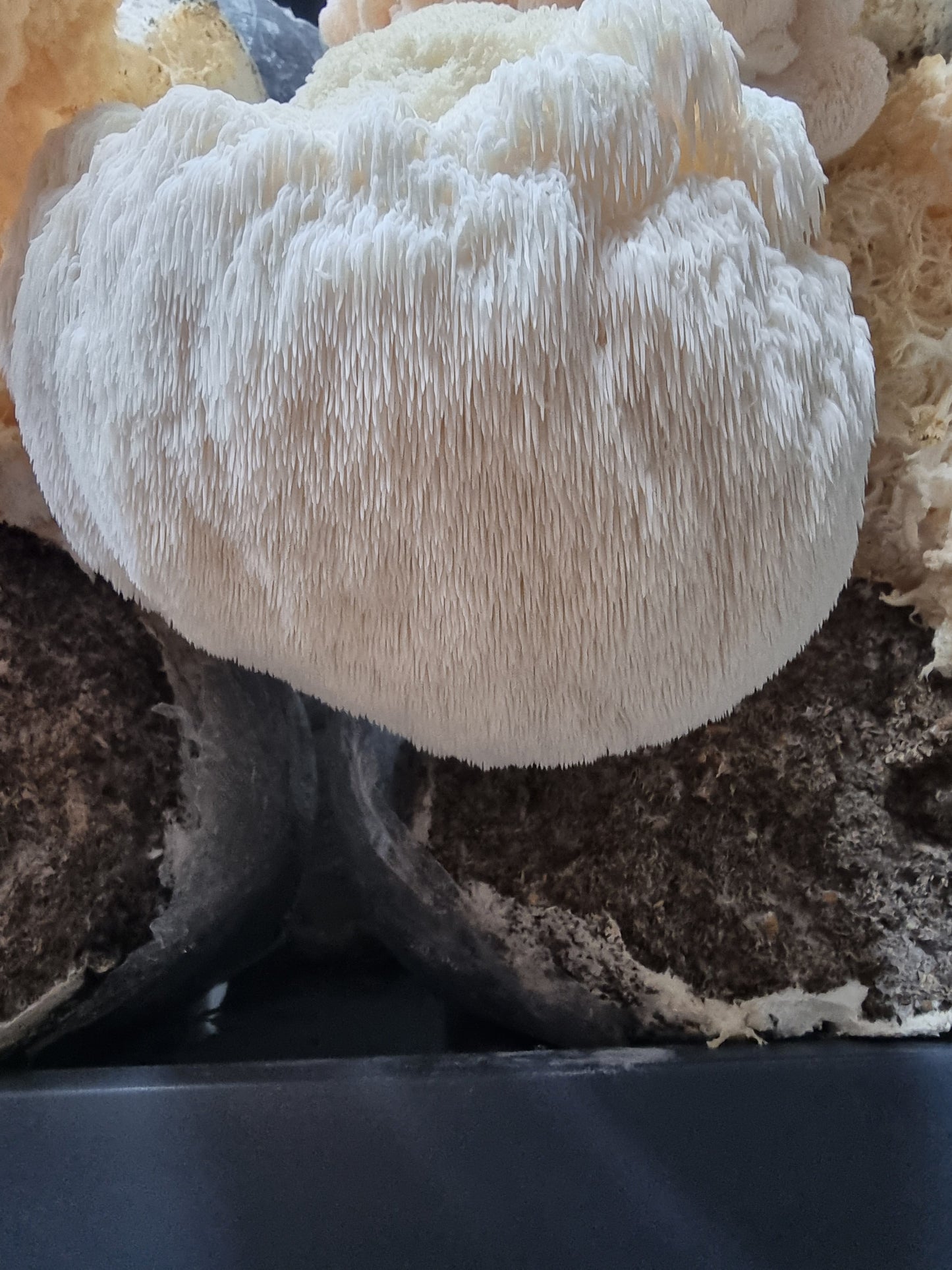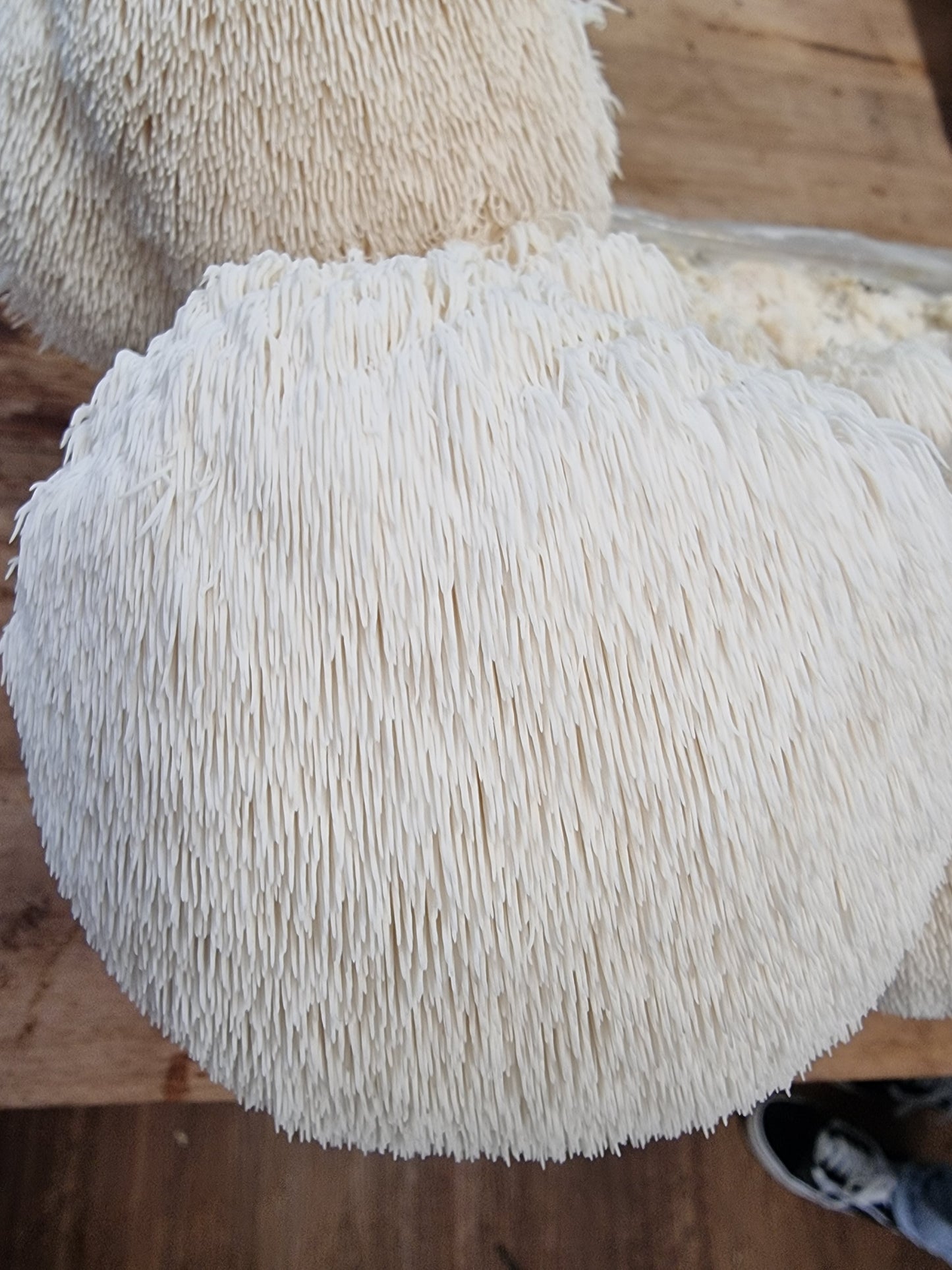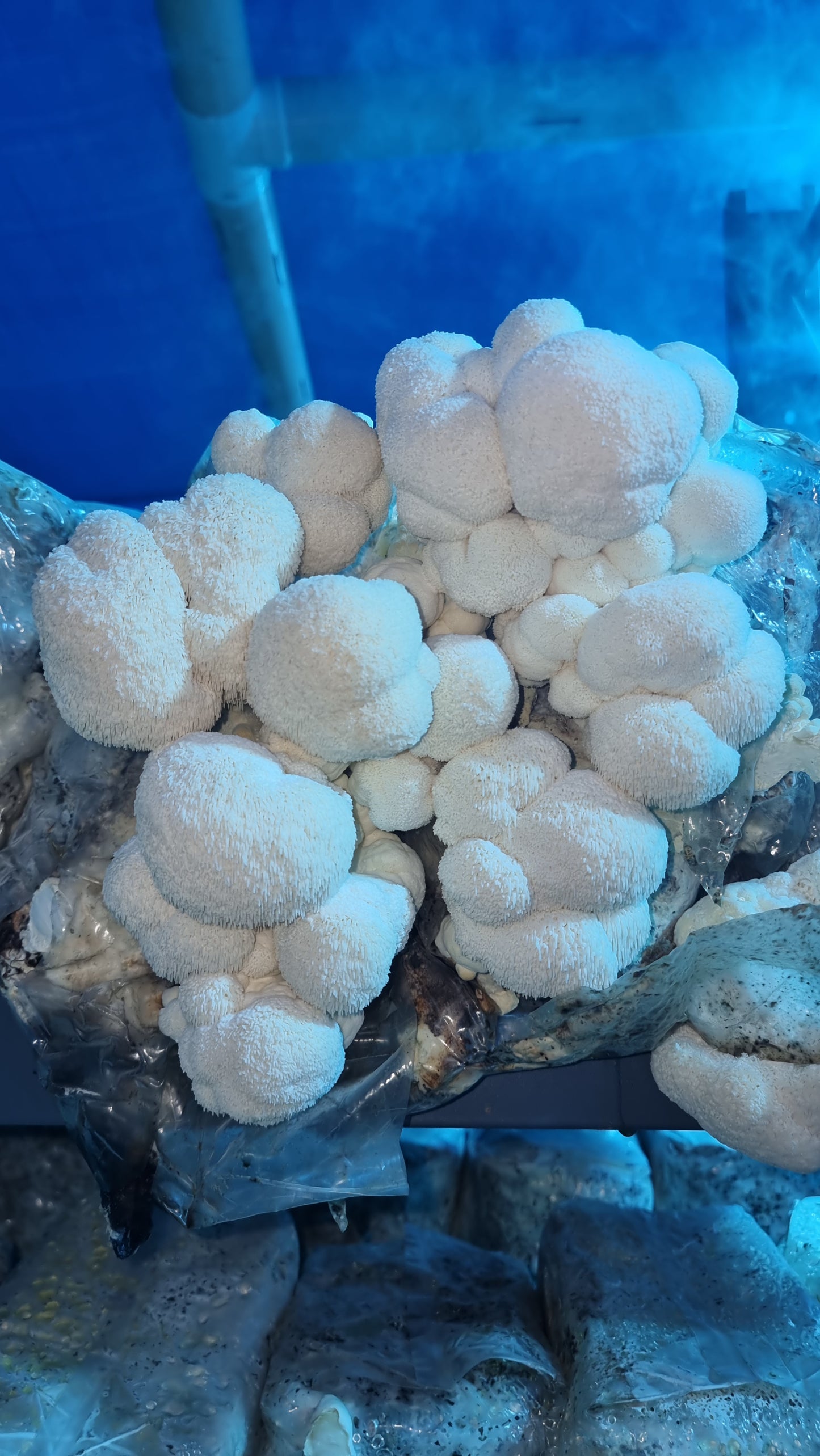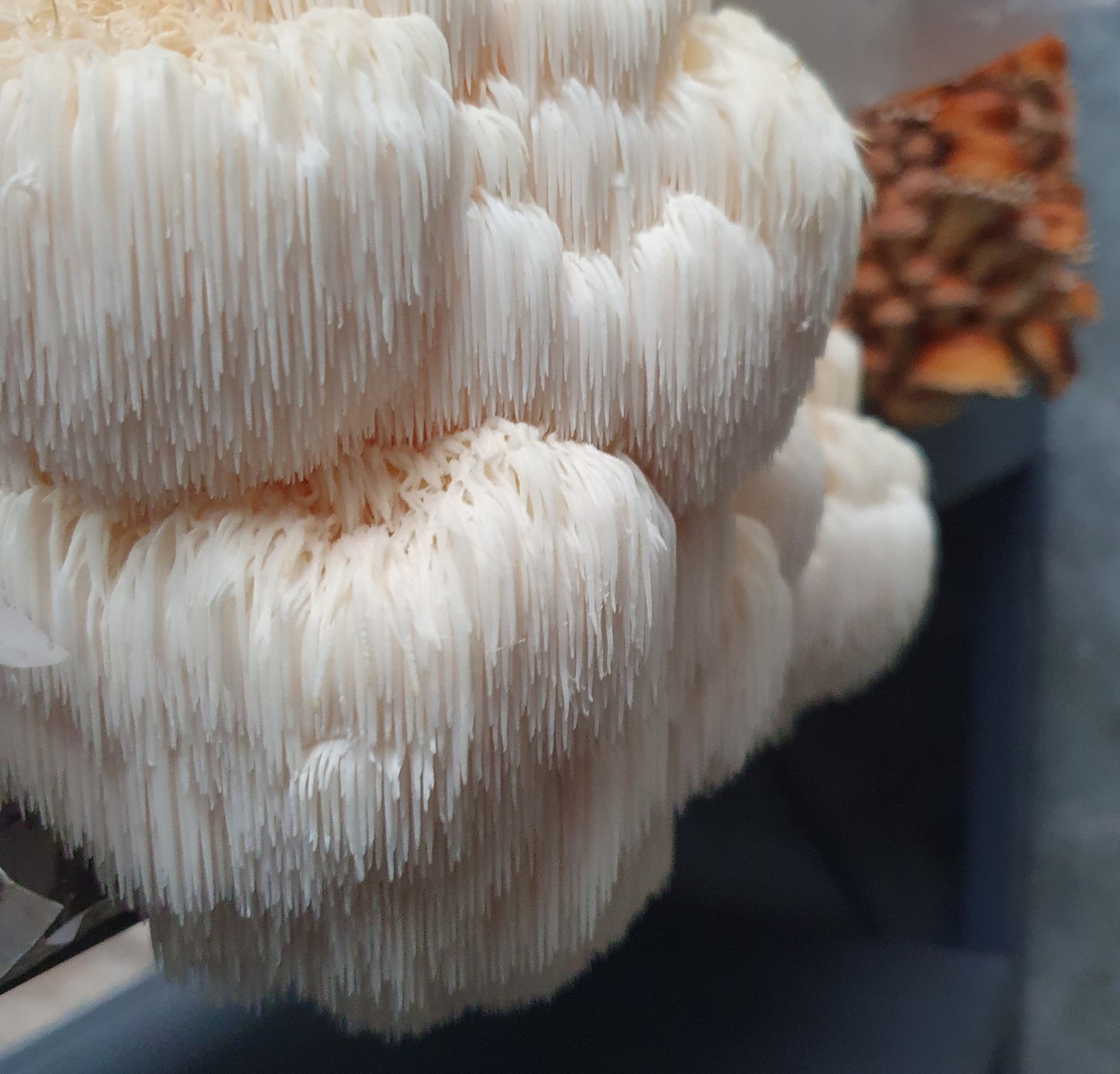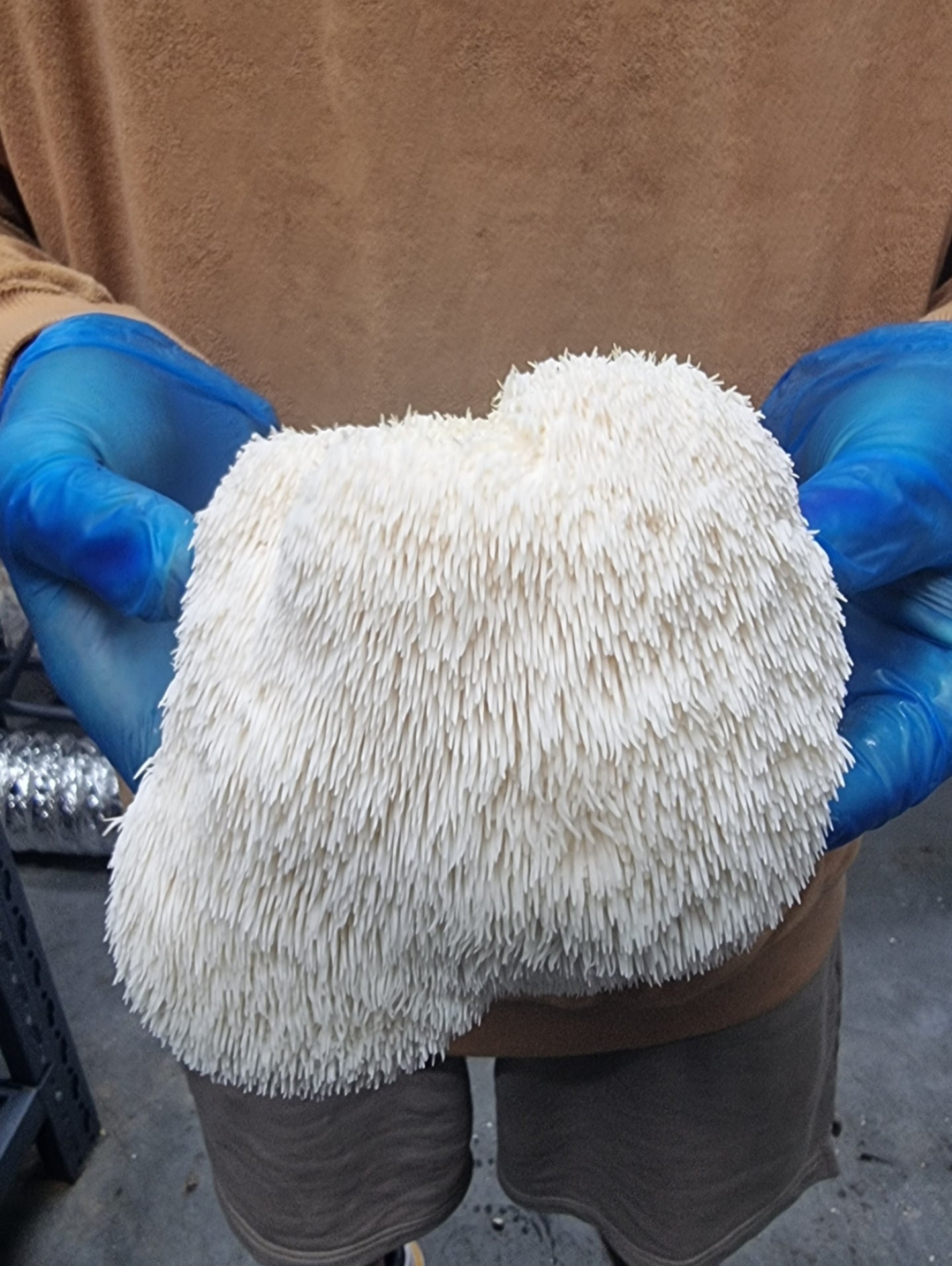Dried mushrooms often disappoint with their lack of flavour and chewy texture, leaving dishes uninspiring. But here’s the catch, you might be missing a few key steps! Without the right preparation, their bold, umami essence stays locked away, leading to bland results.
Want to know the secret? We’ll show you how to rehydrate them for maximum flavour, enhance their texture, and bring out their rich potential in your cooking.
Get ready to transform your dried mushrooms into flavour-packed delights with these simple yet effective tips!
Why Choose Dried Mushrooms?

Dried mushrooms are a game-changer in the kitchen, long-lasting, no refrigeration needed, and bursting with flavour. Here’s the kicker: drying mushrooms amplifies their natural umami, creating a bold, rich taste that transforms any dish.
Whether you stir them into soups or blend them into sauces, mushrooms seamlessly absorb flavours, adding the perfect texture. But wait, there’s more! They’re also eco-friendly, reducing waste by maximising the mushroom’s full potential.
Plus, they’re a great source of nutrients like fibre, vitamins, and minerals, making them a healthy, flavour-packed addition to your pantry.
On top of that, dried mushrooms allow you to access exotic varieties year-round, from shiitake to porcini, which may not be available fresh. This flexibility in your cooking opens up a world of culinary possibilities.
And if you're after the depth of flavour, dried mushrooms deliver every time, whether in a hearty stew or a flavourful pasta sauce. So why settle for less when you can elevate your meals with the incredible versatility of dried mushrooms?
Types of Dried Mushrooms

Understanding the various types of dried mushrooms can significantly enhance your culinary experience.
- Porcini mushrooms: are renowned for their intense, nutty flavour and are ideal for adding depth to soups, risottos, and sauces. They are often considered a staple in Italian cuisine.
- Shiitake mushrooms: are known for their rich, umami taste and are perfect for Asian dishes and stir-fries. Their robust flavour stands out in broths and sautés, making them a versatile ingredient for various recipes.
- Morel mushrooms: offer a unique, earthy flavour with a honeycomb texture, making them a prized ingredient in gourmet recipes. They pair exceptionally well with creamy dishes and fine sauces, adding a distinctive touch to your cooking.
- Chanterelle mushrooms: are celebrated for their delicate, fruity aroma. They are often used to add a subtle yet distinctive taste to various dishes, enhancing both the flavour and presentation of your meals.
- Oyster mushrooms: provide a mild, slightly aniseed-like flavour, making them versatile for many recipes, including stir-fries and vegetable medleys.
Preparing Dried Mushrooms
Proper preparation is essential to getting the most out of dried mushrooms. This involves rehydrating them to restore their texture and flavour and exploring alternative preparation techniques to enhance their culinary potential.
1. Rehydration Methods

Effective rehydration is key to unlocking the full flavour and texture of dried mushrooms. Start by soaking them in hot water for 20-30 minutes. This quick method helps rehydrate the mushrooms rapidly, making them suitable for immediate use.
For a more thorough rehydration, immerse the mushrooms in cold water and let them soak overnight. This slower method ensures a more even and complete absorption of moisture, preserving the mushrooms' texture.
Using broth or wine instead of water can add additional layers of flavour to the mushrooms. Always reserve the soaking liquid as it’s rich in mushroom essence and perfect for enhancing soups, stews, and sauces.
2. Alternative Preparation Techniques
In addition to soaking, there are several alternative techniques to prepare dried mushrooms. Steaming is a quick method that retains more flavour and can rehydrate mushrooms in about 10-15 minutes.
For dishes that cook for longer periods, adding dried mushrooms directly into recipes like risottos or stews allows them to rehydrate while cooking, infusing the dish with their rich flavour.
Another innovative method is to grind dried mushrooms into a powder. This mushroom powder can be used as a seasoning or flavour booster in various recipes, adding depth to sauces, gravies, and spice blends.
Cooking with Dried Mushrooms
Cooking with dried mushrooms can greatly enrich your dishes by adding depth and complexity. Their robust, umami flavour can elevate a variety of meals, making them a valuable ingredient in your culinary repertoire.
1. Incorporating into Recipes
When incorporating dried mushrooms into recipes, start by rehydrating them to restore their texture. Once rehydrated, these mushrooms can be used in several ways. Soups and stews benefit from their rich, savoury flavour; simply add the mushrooms and their soaking liquid to the pot to enhance the broth.
They are also excellent in pasta dishes; sauté them with garlic and toss them with your sauce for added depth. In risottos, their concentrated flavour pairs well with creamy rice.
Casseroles and stir-fries are another great application; add the mushrooms early in the cooking process to ensure their flavour infuses throughout the dish. Additionally, mushroom powder, made from ground dried mushrooms, can be used as a seasoning to enhance various recipes.
2. Enhancing Flavour
To maximise the flavour of dried mushrooms, employ a few key techniques. Sautéing rehydrated mushrooms in a hot pan with oil, garlic, or herbs can caramelise their natural sugars, intensifying their taste.
Incorporate the mushroom-soaking liquid into your dishes for an extra umami boost. For a gourmet touch, combine dried mushrooms with complementary ingredients like fresh herbs, wine, or cream to enhance their flavour further.
Storing Dried Mushrooms

Proper storage is essential to maintain the quality and longevity of dried mushrooms. To ensure they stay fresh and flavourful, keep dried mushrooms in an airtight container. This prevents moisture and air from compromising their texture and taste.
Store the container in a cool, dry place away from direct sunlight and heat sources, which can cause the mushrooms to deteriorate faster.
For long-term storage, consider using vacuum-sealed bags or mylar bags with oxygen absorbers. These methods remove excess air and prevent moisture from reaching the mushrooms, extending their shelf life.
Label the container with the date to keep track of their freshness. When stored properly, dried mushrooms typically last from 6 months to a year.
If you’ve rehydrated mushrooms and have leftovers, store them in a refrigerated, airtight container. They can last up to a week in the fridge. For longer storage, consider freezing rehydrated mushrooms. Place them in a freezer-safe container or bag, and they can be kept for up to 6 months, maintaining their quality and flavour for future use.
Health Benefits of Dried Mushrooms
Dried mushrooms offer a range of health benefits, making them a nutritious addition to your diet. Here are some key benefits:
- Rich in Essential Nutrients: Dried mushrooms are high in B vitamins such as riboflavin, niacin, and pantothenic acid, essential for energy metabolism, skin health, and nervous system function. They are also packed with important minerals like potassium, which helps regulate blood pressure; iron, which is necessary for oxygen transport; and selenium, a powerful antioxidant that protects cells from damage.
- High in Antioxidants: These mushrooms contain antioxidants like ergothioneine and polyphenols. These compounds combat oxidative stress and inflammation, potentially lowering the risk of chronic diseases such as heart disease and cancer.
- Dried mushrooms are a good source of dietary fibre. Fibre promotes digestive health by supporting regular bowel movements and a healthy gut microbiome. It also aids in weight management by promoting satiety and reducing overall calorie intake.
- Supports Immune Health: Varieties like shiitake and maitake contain beta-glucans that may enhance immune function and have antiviral properties. These compounds help the body defend against infections and support overall immune resilience.
- Potential Anti-Inflammatory Properties: Dried mushrooms may help reduce inflammation in the body, benefiting conditions like arthritis and other inflammatory diseases. This can contribute to overall health and well-being.
Recipes to Try
Dried mushrooms add a delightful depth of flavour to a variety of dishes. Here are some recipes to make the most of these versatile ingredients:
- Mushroom Risotto: Rehydrate dried mushrooms and use the soaking liquid as part of the broth for a creamy, umami-rich risotto. Sauté the rehydrated mushrooms with onions and garlic before adding to the rice for extra texture and flavour.
- Mushroom Soup: For a hearty soup, blend rehydrated mushrooms with vegetable or chicken stock, onions, and garlic. Simmer until tender, then purée for a smooth, rich consistency. Garnish with fresh herbs and a drizzle of cream for added richness.
- Mushroom Pasta: Incorporate rehydrated mushrooms into a pasta sauce by sautéing with garlic and herbs. Combine with your favourite pasta and a sprinkle of Parmesan cheese for a satisfying meal.
- Stuffed Mushrooms: Use rehydrated mushrooms to make a stuffing mixture with breadcrumbs, cheese, and herbs. Fill fresh mushroom caps and bake until golden brown for a delicious appetiser.
- Mushroom and Barley Stew: Rehydrate dried mushrooms and use them in a hearty stew with barley, carrots, celery, and onions. The mushrooms infuse the broth with a deep, savoury taste, creating a filling and nutritious meal.
- Mushroom-Packed Omelette: For a quick and flavourful breakfast, mix rehydrated mushrooms with eggs, cheese, and herbs. Cook into an omelette for a delicious and protein-rich start to your day.
- Mushroom Gravy: Use the soaking liquid from rehydrated mushrooms as a base for a rich gravy. Combine with sautéed onions and flour, then simmer until thickened. This gravy is perfect over roast meats or mashed potatoes.
- Mushroom Fried Rice: Incorporate rehydrated mushrooms into a stir-fried rice dish with vegetables, soy sauce, and eggs. The mushrooms add a meaty texture and umami depth, enhancing the overall flavour of the dish.
- Mushroom Quiche: Add rehydrated mushrooms to a quiche filling with eggs, cream, and cheese. Bake until set for a savoury pie that's perfect for brunch or as a light dinner.
- Mushroom Chilli: Mix rehydrated mushrooms into a hearty chilli with beans, tomatoes, and spices. The mushrooms contribute to a rich, meaty texture and deepen the flavour profile of the dish.
Conclusion
Embrace the versatility of dried mushrooms to elevate your dishes with rich, umami flavour and health benefits. From enhancing soups and stews to creating mouthwatering pasta and risotto, dried mushrooms are a kitchen staple.
Explore these recipes and experiment with dried mushrooms to discover their full potential. Start incorporating them into your meals today and enjoy their unique taste and nutritional advantages.
